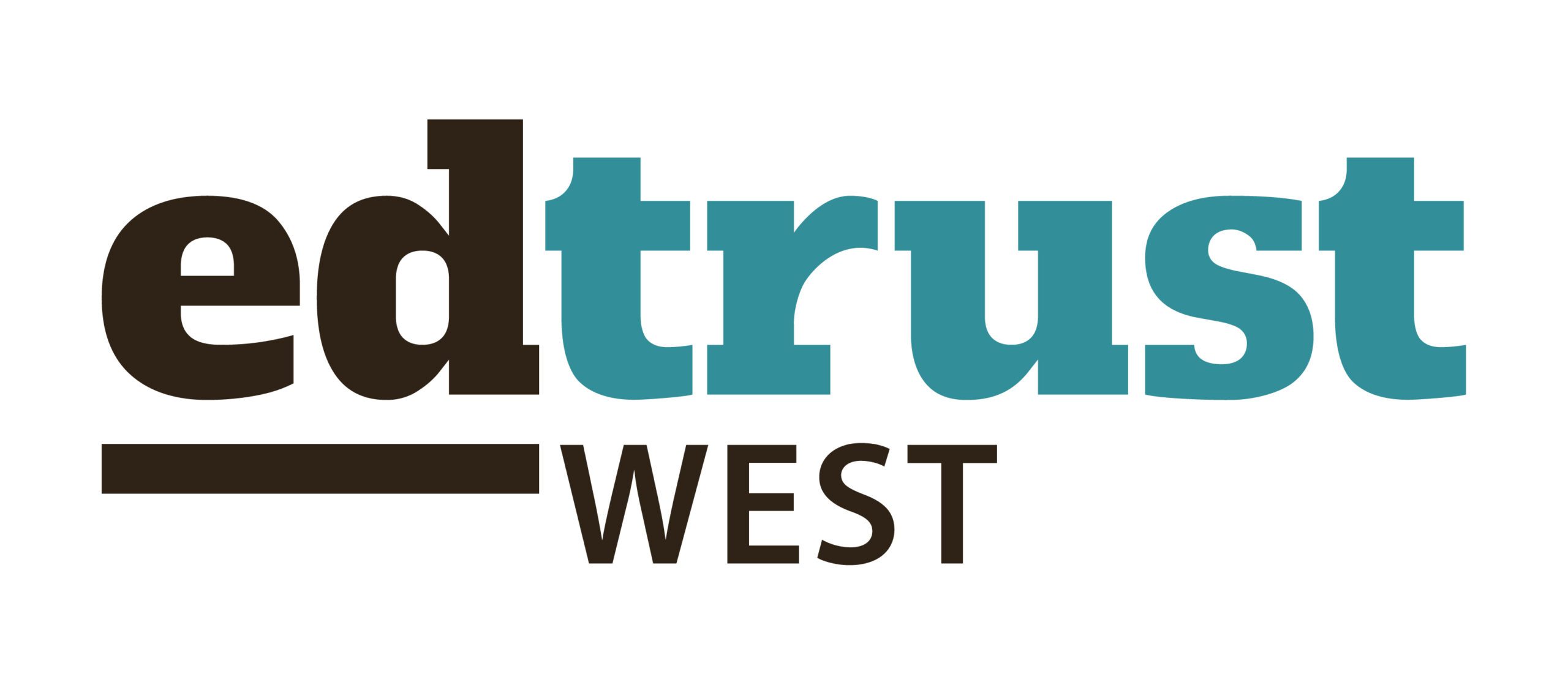OAKLAND, CA (January 6, 2012) – The EdTrust—West issued the following statement in response to Governor Brown’s January budget release:
Yesterday, the Governor released his January budget. In what has become an unfortunate pattern, this Administration has focused its cuts on our state’s most vulnerable children, slashing the safety net both inside and outside our schools. All of these cuts – from the $4.8 billion education trigger cuts to the elimination of transitional kindergarten to cuts to child care and social services—will hurt children, especially children of color and low-income children. We should not have to remind the Governor that these communities now constitute a significant majority of California’s students, and in the future, will represent the majority of our state’s working population. While we are encouraged by the Governor’s proposal to spend our education dollars based on the needs of students through a weighted student formula, it certainly would not offset the damage caused by this budget’s inequitable cuts.
In addition, the design of the cuts is guaranteed to cause chaos in our education system. It is poor financial management to build a budget based on revenue that may emerge through the passage of a ballot initiative. School districts, particularly those already teetering on the financial brink, are likely to make worst case assumptions as they build their budgets and make staffing decisions in the coming months. The resulting turmoil will do little damage in Sacramento, but real damage at the local level as districts and communities grapple with potential layoffs and program cuts.
We call on our leadership in Sacramento to focus on building a responsible budget that prioritizes the needs of children, and places our state on a path to the financial stability that California’s communities and schools deserve.
# # #
About The EdTrust—West
The EdTrust—West works for the high academic achievement of all students at all levels, pre-k through college. We expose opportunity and achievement gaps that separate students of color and low-income students from other youth, and we identify and advocate for the strategies that will forever close those gaps.
